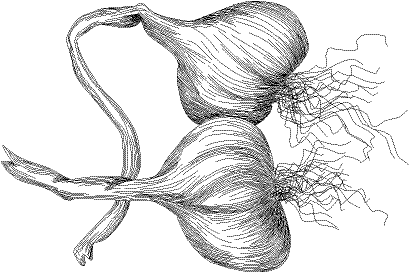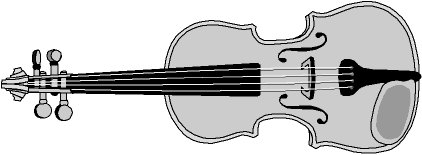|
previous tutorial |
ACG Home |
Instructor Home |
Class Home |
list of tutorials |
next tutorial |
- The objective of this project is to create an illustration, using either FreeHand or Illustrator, or both.
- The illustration should adequately represent a story or concept of your choice.
- When used in your portfolio, this piece should compel the viewer to take an interest in your art.
- The requirements for a successful project are:
- A written design brief outlining the goal of your project:
- In writing this document, you will "art direct" your project, the way a client would in assigning you a job.
- State the concept, or quote the text, that you intend to illustrate. Explain how the words will translate into pictures.
- Define your intended audience (age level, prior knowledge of the subject, cultural biases, etc.)
- Describe how the ilustration will be published (magazine, book, web site...) and the constraints of the publication format (layout grid, number of colors, etc.)
- Plan the necessary research. List any outside sources (books, web sites) you intend to look up.
- It is very important to complete this step first, so that later you can refer back to your brief to monitor your progress.
- The illustration includes both "freeform" shapes and "mechanical" shapes:
- Freeform shapes have outlines with irregular paths, and complex shading. The exact details of their component parts are less important than their relative proportions.

- You will likely draw the component parts with the freehand tool for speed.
- You will break down complex areas into simpler parts to allow shading with gradients, and resort to blends or gradient meshes when simplification is not possible.
- Mechanical shapes require exact dimensioning and positioning of elements. They are often built up from many component parts, usually arrayed in regular patterns.

- You will likely draw the component parts with the pen tool for accuracy.
- You will exploit symmetry in the object to reduce the amount of work involved.
- You will use numeric input in dialog boxes when creating/modifying the objects to fit them precisely in their allotted space.
- The objects in the illustration are presented with "illusionistic" rendering:
- Display three-dimensional items in perspective.
- Use shading and cast shadows to enhance sense of depth and clarify spatial relationships.
- Use shading, patterning, and transparency to indicate the material makeup of the objects.
- The completed project is ready for publication:
- If the illustration will be distributed in print, the file(s) are usable to create camera-ready art for reproduction through proper choices of resolution, color management, etc.
- If the illustration will appear online, the file(s) conform to the requirements of the site (download time, data format, etc.)
- All files necessary for final output are provided.
- The piece makes a strong statement about your skills and creativity:
- The illustration achieves its stated goal with clear visual communication.
- The files you turn in demonstrate your efficient use of illustration software.
- The image showcases the best of your artistic abilities and your understanding of computers as an art medium/tool.
|
previous tutorial |
return to top |
next tutorial |